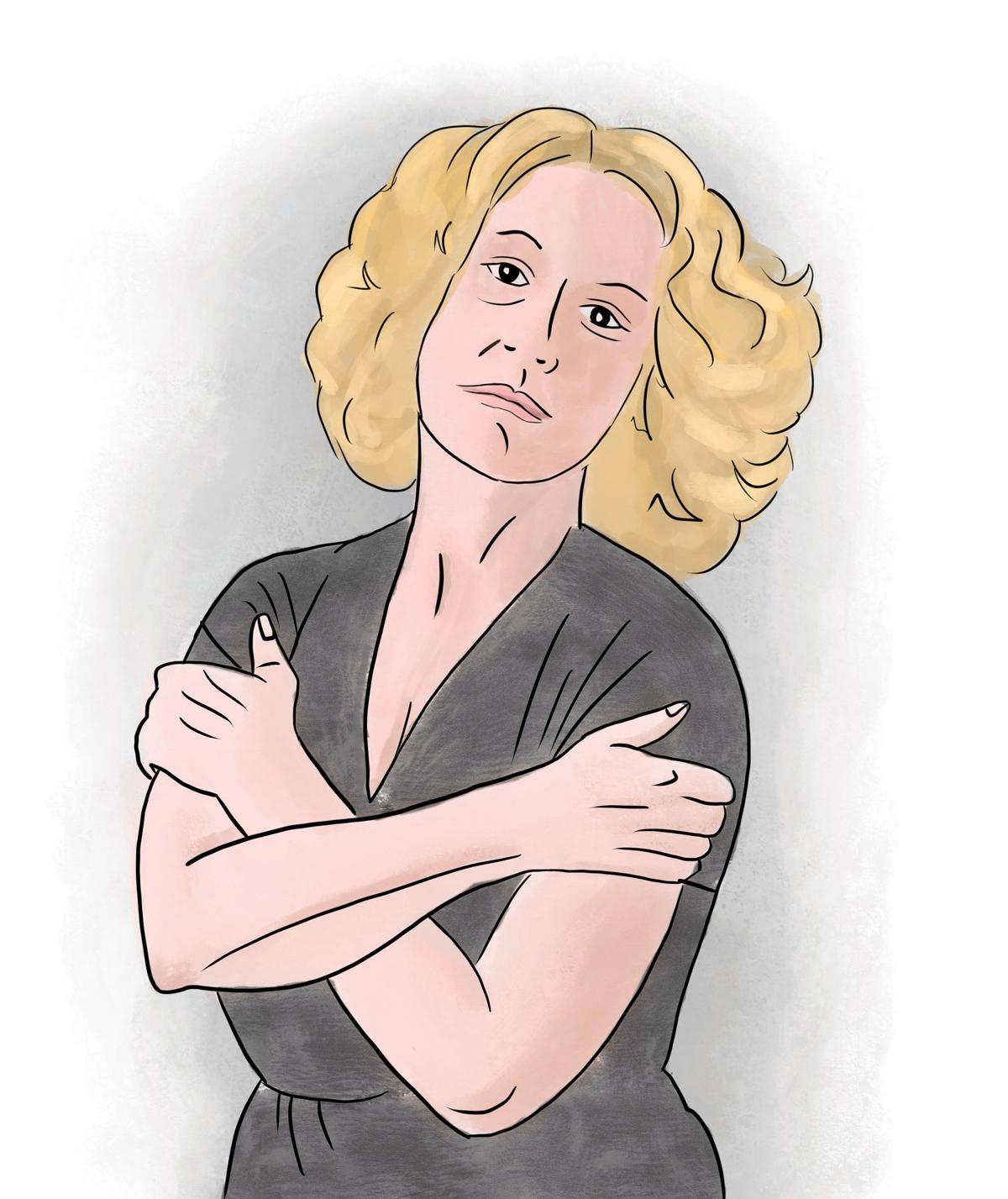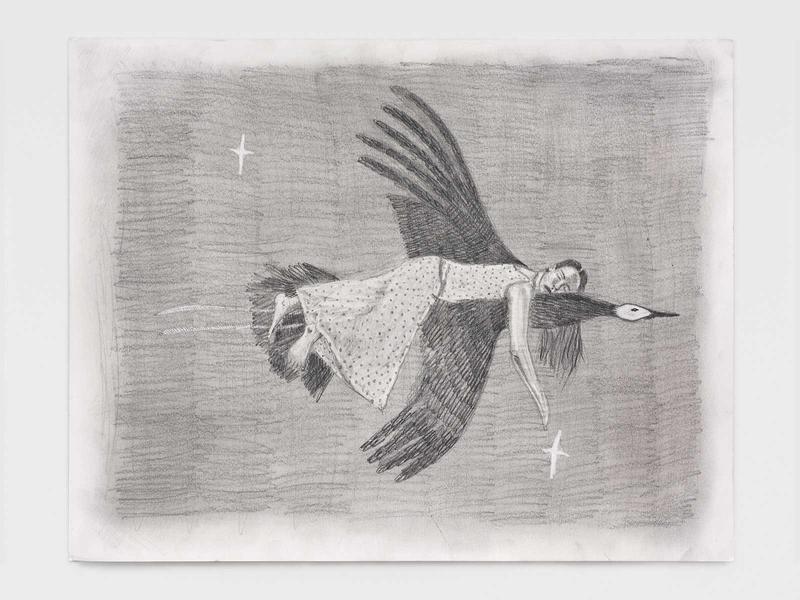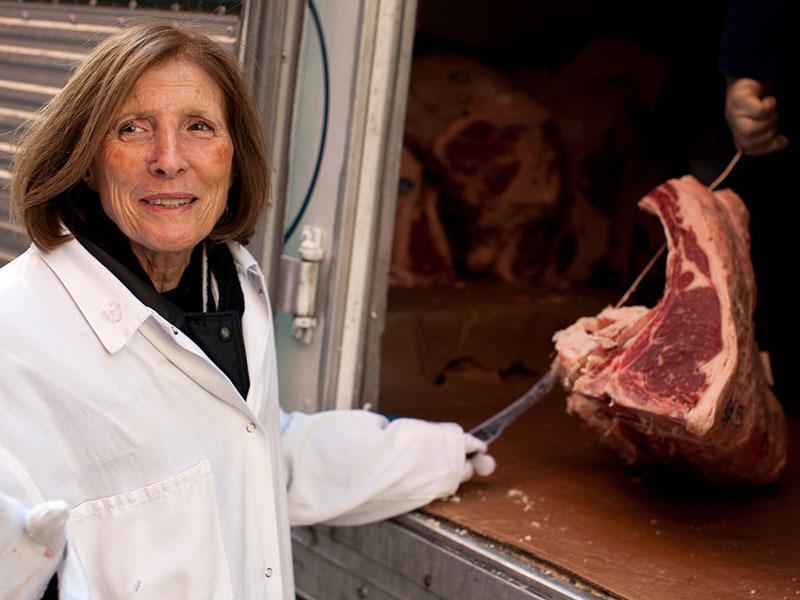芭芭拉·罗斯57年, the acclaimed art critic, curator, and filmmaker, died on December 25, 2020, at the age of 84. A trailblazer in the field of American art history, Barbara wrote the popular textbook American Art Since 1900: A Critical History (1967), which brought attention to previously unheralded artists. 不害怕持有相反的观点, Barbara later wrote about contemporary painters ignored by colleagues who favored video art and installations and at a time when publications like 登载于 proposed that painting had “ceased to be the dominant artistic medium.他们错了. 它非常活跃.
In 1965, 美国的艺术 published her seminal essay “ABC Art,” on the art shortly to be labeled minimalist. 在这, she illuminated the shifting zeitgeist of the early 1960s as many young painters, 雕塑家, 舞者, and composers turned their backs on the modernisms of their elders and instead favored a “blank, 中性和机械的客观.” But Barbara didn’t “invent art movements,” she emphatically told an interviewer in 2018. “我只是注意到巧合.”
Morningside Heights was the right place at the right time for a young woman intoxicated by contemporary culture in the mid-1950s. A painter and ardent cinephile since her girlhood in Washington, D.C., Barbara transferred to Barnard from Smith in 1955. She enhanced her studies with studio art classes at Teachers College and binged on double features at the Upper West Side movie theatres. 在西区酒吧, 她遇到了“垮掉的一代”作家, former Columbia students who still gathered there.
As in most college curricula, modern art was “European” and halted after Pablo Picasso. Barbara studied with the Baroque scholar Julius Held and with the classicist Marion Lawrence. Lectures by Meyer Schapiro, Columbia’s brilliant medievalist, drew her across Broadway. Schapiro was a rare academic who believed that to understand current art, one needed to befriend artists and visit their studios, 这是芭芭拉自己的信条.
She knew many of the soon-to-be-iconic artists of the ’60s, 包括贾斯珀·约翰斯, 菲利普·格拉斯, 唐纳德·贾德. 充满活力,直言不讳, Barbara went on to grad school at Columbia when women there were a barely tolerated rarity. By 1964, with her thesis underway and her orals passed, she left the program to focus on contemporary art.
Following a brief marriage to the future economic historian Richard Du Boff, she wed painter Frank Stella abroad in 1961 during her Fulbright year researching Spanish Renaissance art. The couple had two children, Rachel and Michael, and divorced in 1969. Following a 10-year marriage to “Hound Dog” lyricist Jerry Leiber, Barbara and Du Boff remarried in 2009 on what would have been their 50th wedding anniversary. In 1984, the same year Rachel graduated from Barnard, Columbia awarded Barbara a doctorate based on her publications.
Barbara’s reviews in major art magazines segued into contributing editorships at 时尚, 纽约 杂志, 党派评论. Among her publications are monographs on Claes Oldenburg and Barnett Newman, as well as a significant number that advanced the careers of women artists, such as the painters Helen Frankenthaler and Lee Krasner. 在芭芭拉60年的职业生涯中, she served as curator of exhibitions and collections at the Museum of Fine 艺术, 休斯顿, 曾在耶鲁大学和亨特学院任教, 在其他机构中, 和写, 生产, or directed a number of documentaries on artists, including one on sculptor Mark di Suvero.
Fearless when confronting art world pieties, Barbara courageously crossed the private/public divide with an account of her abortion, 1957年是非法的. 最高法院具有里程碑意义的罗伊诉肯尼迪案. Wade was still pending when “The 纽约 Abortion” appeared in 纽约 magazine in May 1972 and was reprinted in 十大电竞游戏综合排名的杂志 那个秋天. 医生没有使用麻醉剂, 她写, “because in case the apartment was raided, the equipment could be folded back into the ample closets and everyone had to be up and out.” My own experience, while at Barnard in 1962, little differed. Barbara and I became friends five years ago when she reviewed my book 六十年代之眼. I was touched when 她写 to me as her newest “forever” friend, “although not sure how long my forever will be.“唉,时间太短了.




